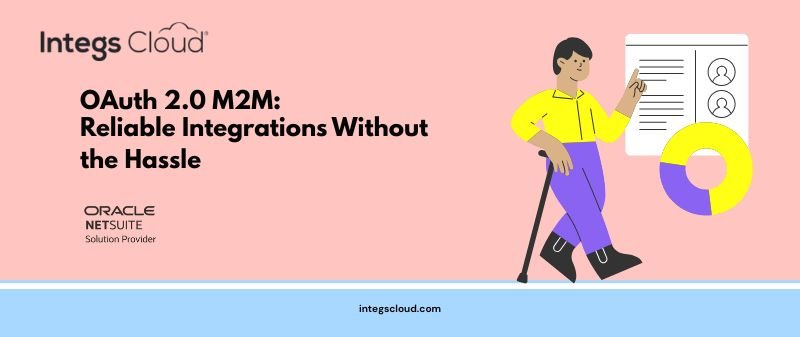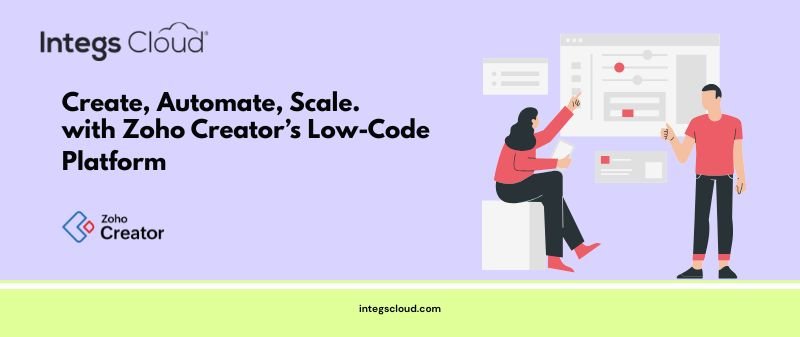As businesses grow, so does the complexity of their technology landscape. Managing multiple applications and data sources requires seamless integration to maintain efficiency, accuracy, and agility. Celigo, a leading integration platform as a service (iPaaS), offers powerful tools and pre-built connectors to simplify these challenges. However, scaling integrations effectively with Celigo involves more than just plugging in connectors—it requires strategic planning and best practices to ensure your integrations grow alongside your business needs. In this blog, we will explore key tips to help you scale integrations successfully with Celigo.
Understand Your Integration Needs and Goals
Before scaling any integration, start by clearly understanding what you want to achieve. Define the key business processes that need to be connected and the data flows that must be automated. Ask yourself questions like: Which applications require real-time syncing? What volume of transactions will the integrations need to handle? Are there seasonal spikes or growth projections to consider?
Having a clear vision ensures you focus on building integrations that support your current needs while being flexible enough to scale. Celigo iPaaS offers dashboards and analytics to help monitor integration performance, which will be critical as you grow.
Leverage Pre-built Connectors and Integration Templates
One of Celigo’s biggest advantages is its extensive library of pre-built connectors and integration templates for popular applications like Oracle NetSuite, Salesforce, Shopify, and more. These pre-configured integrations are designed following best practices, tested across numerous implementations, and updated regularly by Celigo.
Using these pre-built assets can significantly reduce development time and risk, allowing you to quickly deploy integrations that work reliably. When scaling, build on these templates by customizing them to meet your specific workflow requirements rather than starting from scratch. This approach saves resources and accelerates your time-to-value.
Design for Modularity and Reusability
As your integration landscape grows, avoid building large monolithic integrations that are difficult to maintain and scale. Instead, design your integrations as modular components that handle specific tasks or workflows. For example, separate the process that syncs customer data from the process that updates inventory levels.
Modular integration design makes it easier to troubleshoot issues, update individual components without disrupting others, and reuse components across multiple integration scenarios. Celigo’s platform supports this modularity by allowing you to create flows and subflows that can be linked or reused.
Optimize Data Processing and Error Handling
Scaling integrations means handling larger volumes of data and more complex transactions. To ensure your integrations remain performant, optimize data processing by filtering unnecessary data before it enters your workflows. Use Celigo’s tools to set conditions that only process relevant records, reducing load and improving speed.
Robust error handling is equally important. Plan for how your integrations will respond to issues such as API limits, network timeouts, or data validation errors. Configure alerts and automatic retries within Celigo to minimize downtime and manual intervention. This proactive approach helps maintain smooth operations as your integrations scale.
Monitor Integration Performance Regularly
Continuous monitoring is vital to scaling integrations successfully. Celigo provides dashboards and logs that give you visibility into integration health, including run status, error counts, and processing times. Use these insights to identify bottlenecks, recurring errors, or performance degradation.
Regularly reviewing integration metrics allows you to address issues before they escalate and ensures your integrations adapt to growing data volumes and changing business processes. Set up automated notifications for critical failures so your team can respond quickly.
Plan for API Limits and Platform Constraints
Many cloud applications impose API usage limits to protect their systems. When scaling integrations, you need to be aware of these limits to avoid hitting quotas that cause delays or failures. Celigo helps manage API calls efficiently by batching requests and scheduling workflows during off-peak hours when possible.
Understand the API limits of the applications you are integrating and design your data sync frequency and batch sizes accordingly. If you anticipate rapid growth, coordinate with your software vendors to explore options for higher API limits or premium access.
Invest in Team Training and Documentation
Scaling integrations often requires collaboration between IT, operations, and business teams. Make sure your team is trained on how to use Celigo’s platform effectively, including how to monitor, troubleshoot, and modify integrations as needed.
Maintain detailed documentation of your integration architecture, workflows, and configuration settings. This documentation will be invaluable as your team expands or changes, ensuring continuity and faster onboarding of new members.
Use Automation to Reduce Manual Work
As the number of integrations grows, manual management can become a bottleneck. Take advantage of Celigo’s automation features to reduce manual work. Automate recurring tasks such as data validation, notifications, and error recovery.
By automating routine integration management activities, your team can focus on strategic improvements and scaling initiatives rather than firefighting issues.
Regularly Review and Refine Integrations
Scaling is not a one-time effort—it requires ongoing review and refinement. Schedule periodic audits of your integrations to identify outdated processes, redundant workflows, or opportunities for optimization.
Celigo frequently updates its platform and connectors with new features and performance improvements. Stay informed about these updates and apply them to keep your integrations efficient and scalable.
Plan for Future Growth and Flexibility
Finally, always keep future growth in mind. Design your integrations to be flexible enough to accommodate new applications, changing business rules, and increased transaction volumes. Celigo’s cloud-based architecture inherently supports scalability, but your integration design and governance will determine how smoothly you can expand.
Engage with Celigo’s support and professional services when needed to leverage expert guidance for complex scaling scenarios.
Conclusion
Scaling integrations with Celigo requires thoughtful planning, a modular design approach, performance optimization, and proactive monitoring. By leveraging Celigo’s pre-built connectors, automation tools, and best practices, businesses can build a scalable, maintainable integration ecosystem that grows with their needs.
Whether you’re expanding to new sales channels, onboarding more applications, or handling larger transaction volumes, following these tips will help you avoid common pitfalls and maximize your integration investments.
Contact Integs Cloud
At Integs Cloud, we specialize in helping businesses implement and scale integrations using Celigo and Oracle NetSuite. Our expert team provides end-to-end services, including integration design, deployment, and ongoing support, enabling your technology ecosystem to grow seamlessly with your business.
Ready to scale your integrations effectively? Contact Integs Cloud today to explore customized solutions tailored to your growth goals.



